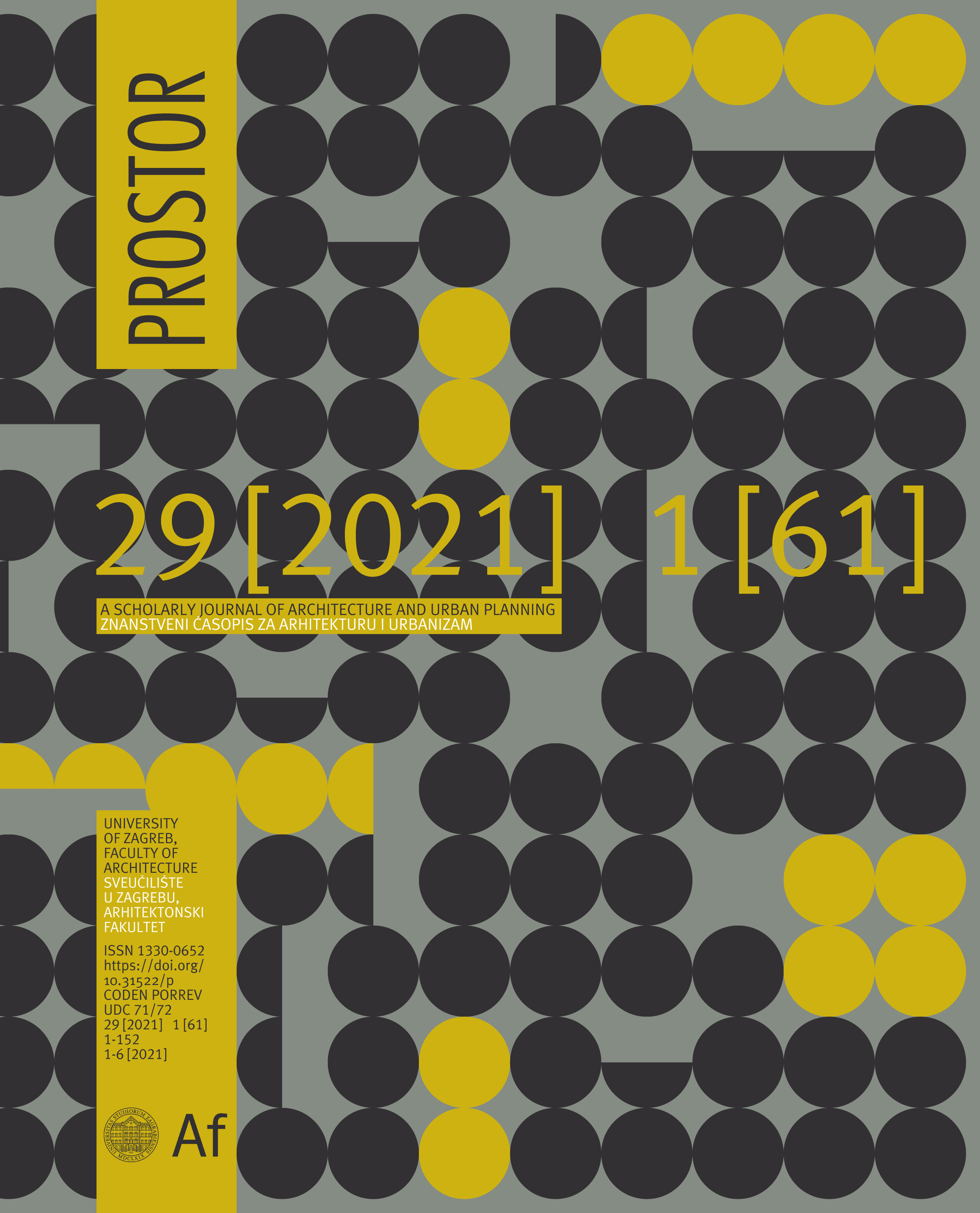Montenegrin Rural Settlement Attributes, Problems, and Possibilities for Development According to Their Regional Affiliation
DOI:
https://doi.org/10.31522/p.29.1(61).10Keywords:
Montenegrin settlements, rural development, rural settlements, settlements attributes, vernacular architectureAbstract
The rural areas cover a significant part of the Montenegrin territory and play an essential role in its development potential. These areas have been exposed to various (more spontaneous and less planned) transformations throughout history, which has been reflected in their particular characteristics.
The three settlements, one from each region, were treated by analyzing identity attributes and complex issues of development and degradation of rural areas. This research aims to determine the reasons for the extinction of rural settlements and propose measures for preserving the existing and restoration of the missing values of their natural and cultural heritage. The planning procedures for recognizing and determining the criteria for the detection (today visible ones) and assessing the lost values of rural settlements are proposed at the end of this paper. Future planning and design processes could acquire the gained knowledge about these values and be employed through future development, through creating new planning and economic models for the rural settlements’ revival, protection, and improvement.
Downloads
Published
How to Cite
Issue
Section
License
Copyright (c) 2021 Nevena Mašanović, Nenad Lipovac, Marija Jevric

This work is licensed under a Creative Commons Attribution 4.0 International License.
Copyright (c) 2021 authors and journal.
This work is licensed under a Creative Commons Attribution 4.0 International License.
Authors who publish with this journal agree to the following terms:
In agreeing this form, you certify that:
- You read the ethical codex of the PROSTOR available at journal web.
- You submitted work is your original work, and has not previously been published and does not include any form of plagiarism.
- You own copyright in the submitted work, and are therefore permitted to assign the licence to publish to PROSTOR.
- Your submitted work contains no violation of any existing copyright or other third party right or any material of an obscene, libellous or otherwise unlawful nature.
- You have obtained permission for and acknowledged the source of any illustrations, diagrams or other material included in the work of which you are not the copyright owner.
- You have taken due care to ensure the accuracy of the work, and that, to the best of your knowledge, there are no false statements made within it.
- All co-authors of this submitted work are aware of, and in agreement with, the terms of this licence and that the submitted manuscript has been approved by these authors.






